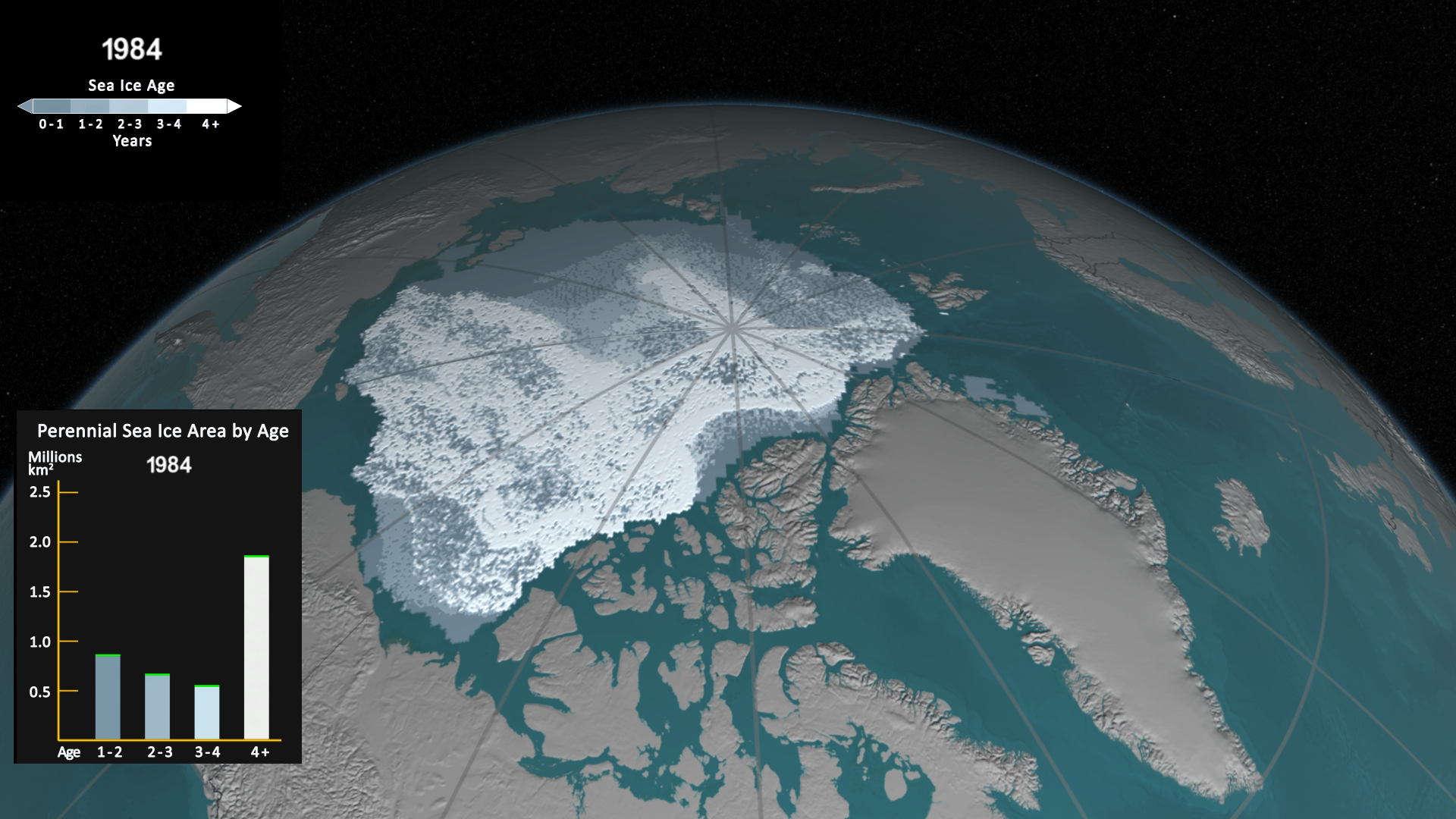NASA’s states that their new $1 Billion new satellite will provide an insight to the Earth’s ice caps melting time and details backed with details.
The satellite, ICESat-2, which is traveling every 91 days, is that of a Smart car’s size and will continuously send lasers back down to Earth countless times in order to provide scientists a precise measurement—down to within a centimetre—of the Earth’s polar ice caps and how frequently they’re changing, according to the agency.
We're about to launch advanced lasers to space so that @NASA_ICE's #ICESat2 can provide critical observations of how ice sheets, glaciers and sea ice are changing. Before #ICESat2 lifts off on Sept. 15, here's 10 things to know: https://t.co/bIQ5EuIYjB pic.twitter.com/M3WyfElpoU
— NASA (@NASA) August 31, 2018
Scientists will now be able to examine and determine the reason why the ice sheets are melting and the reasons why certain areas don’t. This would provide a properly data-backed idea of what are the reasons for the anomaly happening. Ocean level rising and what not.
NASA’s thought about the future
Once they gather this data about the thickness of sea ice and the height of ice sheets, it will inform their future models to better predict potential sea level rise scenarios, NASA says.
“As the climate is warming, we are seeing changes in the sea level—sea level is rising,” Helen Fricker, a professor of glaciology at the Scripps Institution of Oceanography who worked with NASA on the ICESat-2 project, told WBUR. “But the ultimate thing that we’re trying to get to is, how much ice will we lose and how quickly will we lose it?”
https://twitter.com/DaneDrefke/status/1041394957246902272
Concerning Part over the IceCaps in Greenland & Antarctica
According to NASA, ice sheets melting in Greenland and Antarctica has increased the global sea level more than a millimeter year annually, which is a third of the overall increase.

ICESat-2, which launched on September 15, is capable of providing much more briefly analyzed coverage of ice loss across the world.
“In the time it takes someone to blink, sort of half a second, ICESat-2 is going to collect 5,000 measurements in each of its six beams, and it’s going to do that every hour, every day … it’s a tremendous amount of data,” Tom Neumann, NASA’s deputy project scientist, told the Guardian.
Data from these satellites will help shape a better future
Check out the incredible last launch of a #DeltaII rocket carrying @NASA's #ICESat2. Congratulations to our friends @ULALaunch and @ToryBruno on an historic day, a beautiful launch and another successful mission! pic.twitter.com/Ip6Czdg1A5
— Boeing Space (@BoeingSpace) September 16, 2018
According to Fricker, the first data from ICESat-2 will start coming back by mid-October. “It’s going to be all hands on deck for several months while we work out what these data are telling us, and we really wait. It’s incredibly exciting,” she said.

